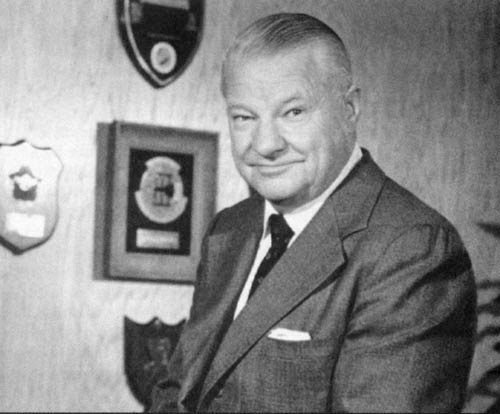History:

During the 1950s, the United States was in the brink of having a crisis with the communist side of Europe. There was a need to find the actual strength of the then Soviet Union and how they can be a massive threat against the U.S. Enter the Lockheed corporation, they were responsible for the creation of aircrafts such as the C-130 Hercules, the P-80 Shooting Star as well as the reconnaissance plane called U-2.
photo from http://www.military-today.com/aircraft/lockheed_u2.htm
photo from https://en.wikipedia.org/wiki/Lockheed_Corporation
For a time, the U-2 was the go to in terms of "spying" on what the reds were doing and what they were capable. But the fact that the U-2 was actually really slow and that the development of surface-to-air missile systems was reaching a rather rapid level, there came a need for a new reconnaissance aircraft.
Clarence Johnson, who was then the head of the Skunk Works unit was tasked on a project code named Archangel. They aimed to surpass the flying capabilities of the U-2 in terms of height and speed. The SR-71 was born and was outfitted with a tandem cockpit for an RSO behind the pilot. It was powered by two Pratt & Whitney J58 turbo-jet engines which was more efficient at Mach 3.2 than just cruising below Mach speeds. The fuselage had an RCS or reconnaissance systems officer, a radar cross-section, and in addition materials that absorbed radio signals were embedded into the aircrafts outer layer which considerably reduced radar detection. The aircraft itself was 85% titanium, unlike most other planes. It did not have any weapon systems as the aircraft was intended to only scout out any would be aggressors, however it carried a payload of different sensors and imaging materials to send back to HQ. Countermeasures were put in place in order to protect the pilots who are always in danger as the SR-71 flies at about 80,000 ft where the pressure is significantly less than normal

Photo from https://en.wikipedia.org/wiki/Kelly_Johnson_(engineer) Photo from http://www.sbnation.com/2014/3/7/5447310/sr-71-blackbird-pilot-interview
Engineer Clarence "Kelly" Johnson Special suites that pilots ha to wear.

